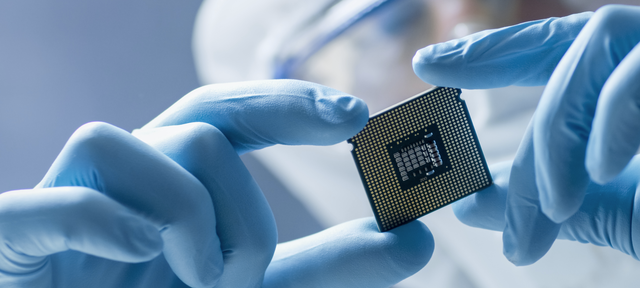SPECTRA™ on-site nitrogen generators are the most reliable means of meeting the ultra-high purity needs of the electronics industry. They are engineered for reliable operations and low specific energy consumption, delivering ultra-pure gaseous and liquid nitrogen and oxygen with less than 1 part per billion (ppb) impurities. Modular SPECTRA™ ASUs maximize operational efficiency for lowest cost of ownership and environmental footprint. The entire SPECTRA™ family is designed on a modular basis for rapid, cost-effective deployment on site.
In addition, the electronics industry is increasingly interested in the on-site production of green hydrogen, as demonstrated by an agreement between Linde and Infineon for the production of green hydrogen at Infineon’s site in Villach, Austria. Linde will build, own and operate a two-megawatt
electrolyzer plant at the Villach site. The plant will produce green hydrogen using Proton Exchange Membrane (PEM) technology from ITM Power. The use of high-purity green hydrogen in manufacturing reflects Infineon’s plans to reduce greenhouse gas emissions at its Villach site.
Looking ahead, Linde is determined to keep pace with spiraling demand for electronics gases across the semiconductor industry, for example by dynamically expanding its SPECTRA™ family, giving customers even more choice and keeping the wheels of innovation turning behind the scenes at microchip fabs.
